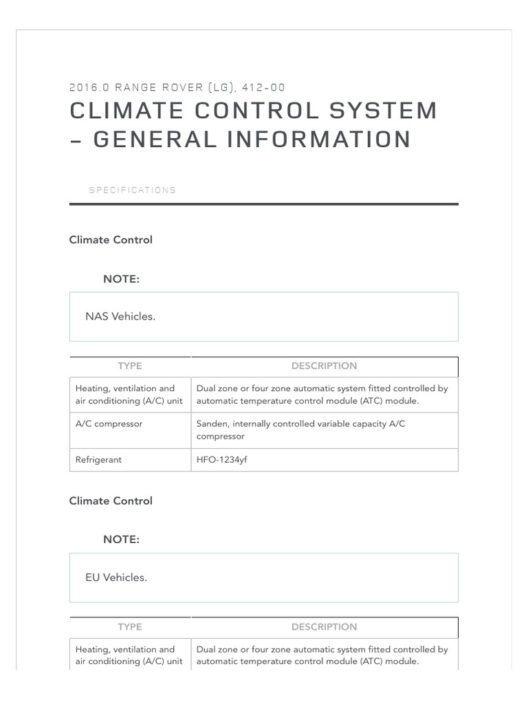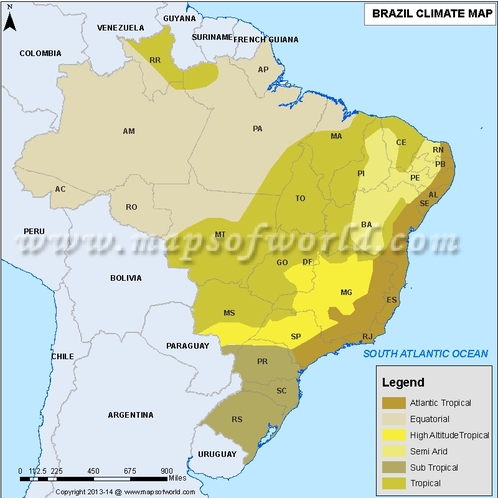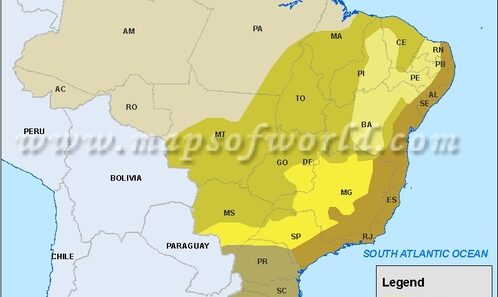Climate change, a term that has become ubiquitous in our modern lexicon, reflects a profound alteration in the Earth’s climatic systems. Understanding how climate change works requires a nuanced exploration of the various elements that contribute to this global phenomenon. This examination will delve into the mechanics of climate change, its significant implications, and the science behind this urgent and multifaceted issue.
The cornerstone of climate change is the greenhouse effect, a natural process that warms the Earth’s surface. It’s essential to grasp that not all greenhouse gases (GHGs) are detrimental. In moderation, they are vital for sustaining life. However, human activities have drastically elevated concentrations of these gases, resulting in unprecedented climatic shifts.
The primary players in the greenhouse gas arena include carbon dioxide (CO2), methane (CH4), and nitrous oxide (N2O). Through activities such as fossil fuel combustion, deforestation, and industrial processes, humans have increased CO2 levels by more than 40% since the industrial revolution. Methane, although present in smaller quantities, possesses a potency over 25 times greater than CO2 in trapping heat over a 100-year period. Similarly, nitrous oxide, released through agricultural activities and fossil fuel use, amplifies warming far beyond its sheer volume in the atmosphere.
With the accumulation of GHGs, the Earth’s average temperature has risen significantly, leading to a cascade of climatic effects that reach every corner of the globe. One pivotal aspect of climate change is the alteration of weather patterns. Scientists have observed shifts in precipitation patterns, resulting in increased flooding in some areas and intensified droughts in others. As the planet warms, the capacity of the atmosphere to hold water vapor increases, creating conditions ripe for extreme weather events. The implications are profound, impacting agriculture, water supply, and human health.
The melting of polar ice caps and glaciers represents another stark manifestation of climate change. As temperatures rise, ice masses in the Arctic and Antarctic regions are retreating at alarming rates. This not only contributes to rising sea levels but also disrupts ecosystems and wildlife habitats. For instance, polar bears and other species that rely on sea ice are facing severe threats to their survival. The ongoing extinction rates of various species, exacerbated by habitat loss, underline the urgent need to address climate change comprehensively.
One might wonder how climate models contribute to our understanding of these complex phenomena. Climate models are sophisticated simulations that help scientists predict future climatic conditions based on current data and trends. By factoring in variables like greenhouse gas emissions, deforestation rates, and solar radiation, they provide insights into potential future scenarios. These models have become invaluable tools in policy-making, guiding governments and organizations in crafting initiatives aimed at mitigation and adaptation.
The critical concern surrounding climate change extends beyond environmental degradation; it encompasses socio-economic ramifications. Vulnerable populations, particularly in developing countries, are disproportionately affected by climatic variations. Food insecurity, displacement due to rising sea levels, and increased prevalence of climate-related diseases are pressing issues that demand urgent global attention. The need for sustainable development practices has never been more pressing, as we strive to balance economic growth with environmental stewardship.
Moreover, the role of renewable energy in combating climate change cannot be overstated. The transition from fossil fuels to renewable energy sources, such as wind, solar, and hydroelectric power, presents an opportunity to mitigate GHG emissions significantly. As technological advancements continue to improve the efficiency and affordability of these energy sources, there is a growing movement advocating for a clean energy future. This transition not only benefits the environment but also creates jobs and stimulates local economies.
Engagement in climate action mandates a collective approach. Governments, businesses, and individuals all have roles to play. Policy frameworks like the Paris Agreement demonstrate a global commitment to limiting temperature rise to below 2 degrees Celsius above pre-industrial levels. Yet, these frameworks require robust enforcement and collaborative efforts to be effective. Strategies should include promoting energy efficiency, supporting sustainable agriculture, and enhancing public transportation systems to decrease carbon footprints.
Individual actions, while seemingly small in scale, accumulate to create a significant impact. Engaging in sustainable practices, reducing waste, conserving energy, and advocating for environmentally friendly policies all contribute to a broader climate solution. Education and awareness are also pivotal; understanding the science of climate change empowers individuals to make informed choices and galvanize community efforts toward collective action.
As the discourse surrounding climate change evolves, so does our understanding of its intricacies. It is essential to remain informed and proactive in addressing this monumental challenge. The science behind climate change is not merely an academic pursuit; it is a clarion call for collective responsibility and urgent action. By comprehending the mechanisms at play and the potential consequences, we can better equip ourselves to combat this pressing global issue and safeguard the planet for future generations.






